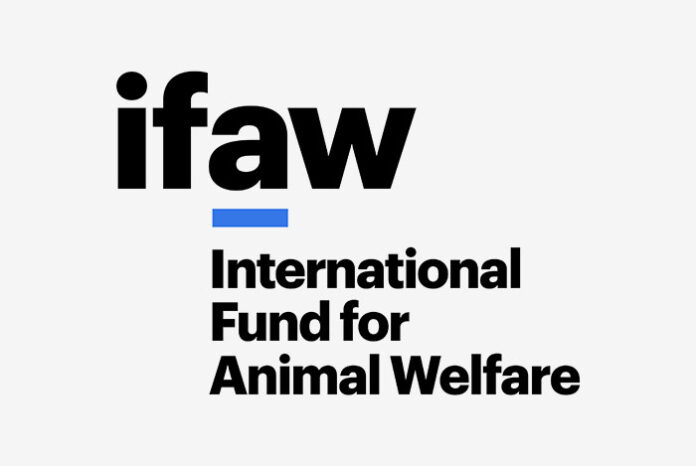
The official population estimate of 340 individuals released by the North Atlantic Right Whale Consortium underscores the continued vulnerability of this critically endangered species.
Additional actions by governments, industry, conservation groups and other stakeholders are needed swiftly to pull the species back from the brink of extinction. The new population estimate indicates the species is still heading in the wrong direction. A separate recent study also suggests that just 72 reproductive females remain, a demographic that is essential to the recovery of this dwindling population.
In 2017, the National Oceanic and Atmospheric Administration (NOAA) declared an Unusual Mortality Event (UME) due to the elevated number of mortalities in the species in US and Canadian waters. Vessel strikes and entanglement in fishing gear continue to be the primary causes of death and injuries to right whales. Earlier this month, NOAA officially added 36 whales with moderate and severe (sub-lethal) injuries to the UME, alongside the previously included 34 dead and 21 seriously (lethally) injured whales. Now a total of 91 individual right whales are included in the UME, representing approximately 27% of the current population estimate. These latest numbers, which reflect a more accurate UME count based on new, peer-reviewed scientific and veterinary protocol, appear to indicate that actions taken to date to save the North Atlantic right whale have proven insufficient to stem the species’ slide toward extinction.
While no mortalities were observed over the most recent period, threats including an overall decline in health exhibited by shrinking physical size, increased calving intervals, reduced calf survival, and a decreasing number of reproductive females are troubling signs for a population that once numbered in the tens of thousands before the advent of commercial whaling.
According to IFAW veterinarian Dr. Sarah Sharp, “The loss of even one individual represents a major blow to the recovery of the species. Could you take, for example, the case of the right whale mother known as Snow Cone? Suffering from chronic entanglement for over 18 months, Snow Cone shocked the scientific community by successfully giving birth while entangled. She was later spotted without her calf, likely to have died. Snow Cone was recently spotted in dire physical condition with a new entanglement that will likely end her life. These latest population numbers confirm that the species continues to teeter on the verge of functional extinction and current measures to save it are falling short.
Nevertheless, there is hope on the horizon. Solutions do indeed exist. From expanded vessel speed restrictions to the regulation of fishing and implementation of on-demand gear—further mortalities are preventable if aggressive, well-targeted risk mitigation measures are implemented immediately.”
IFAW and other stakeholders are working to meet the needs of whales and a healthy ocean ecosystem by partnering with fishermen and mariners to advance pragmatic solutions.
“Ensuring the right whale survives and protecting the livelihoods of fishermen are fundamental,” said Kathleen Collins, Marine Campaigns Manager for IFAW. “It is not a question of ‘either or.’ IFAW takes a multi-disciplinary approach to achieve both. Lasting solutions must ensure the collective best interest, mutual collaboration and a willingness to advance existing technology to achieve long-term change in and on the water. Whales and fishermen thriving together—that is the end game. Today’s numbers and challenges remain grim, but we must get there.”




